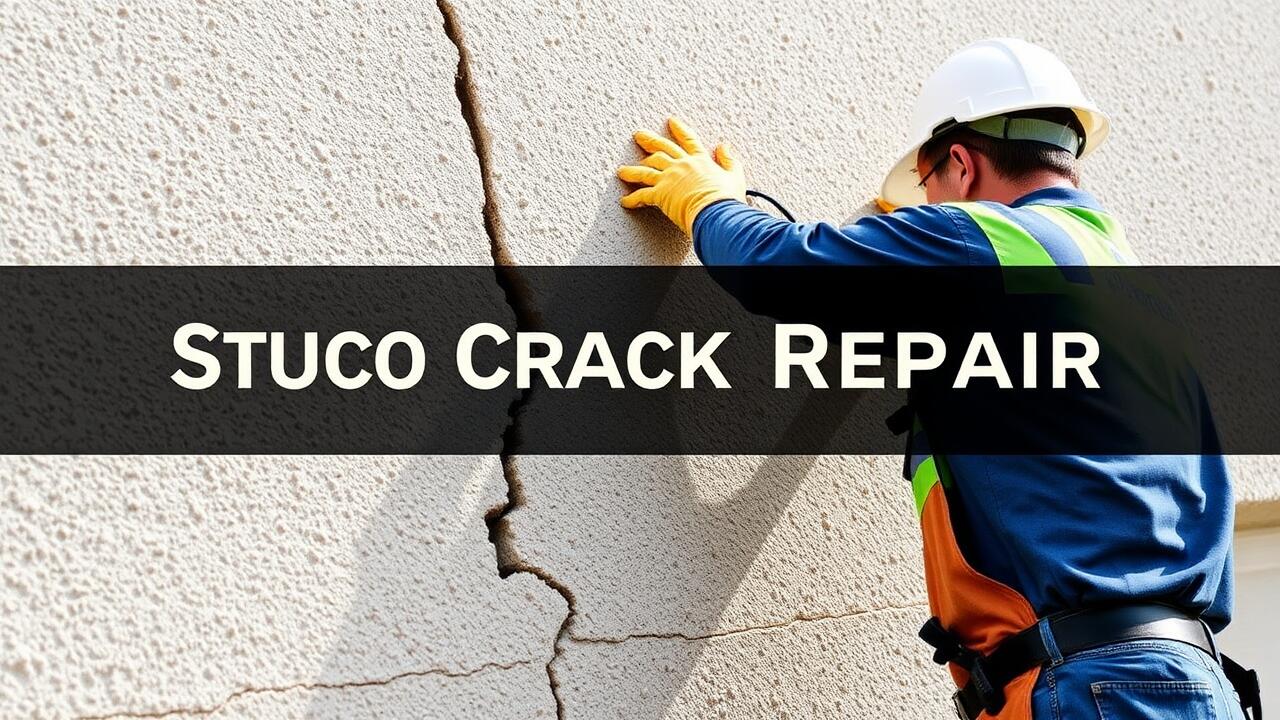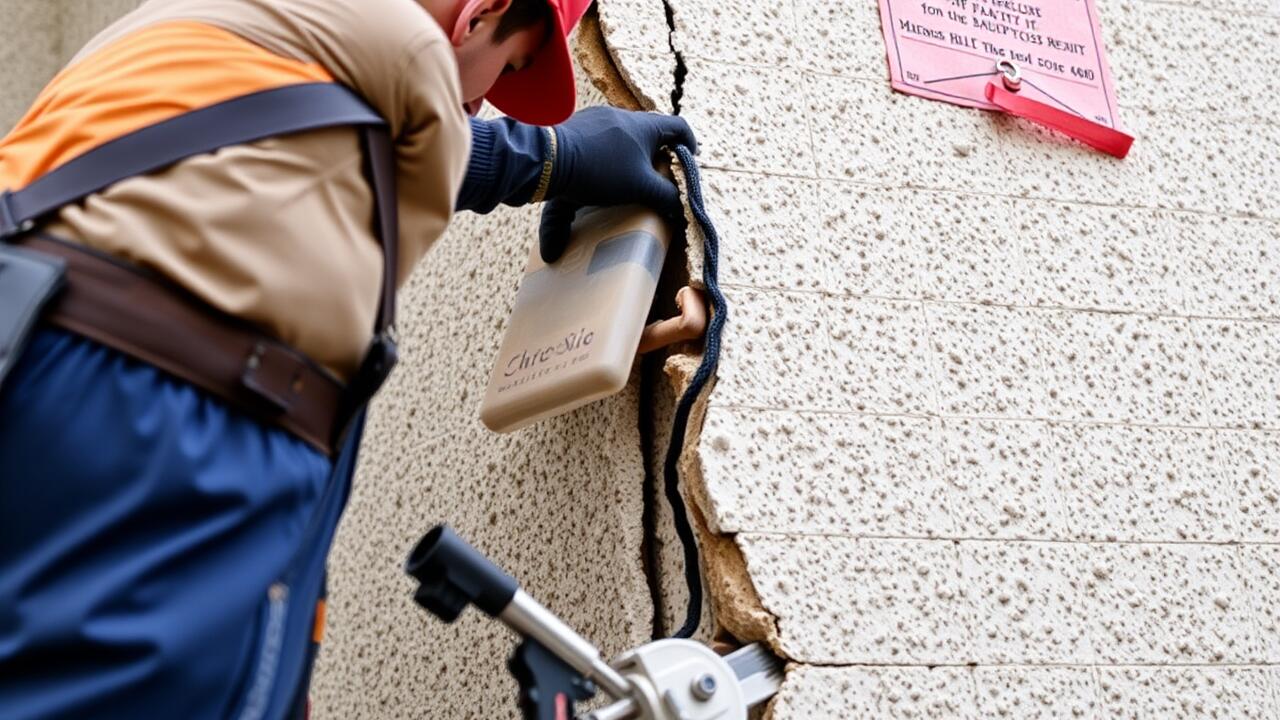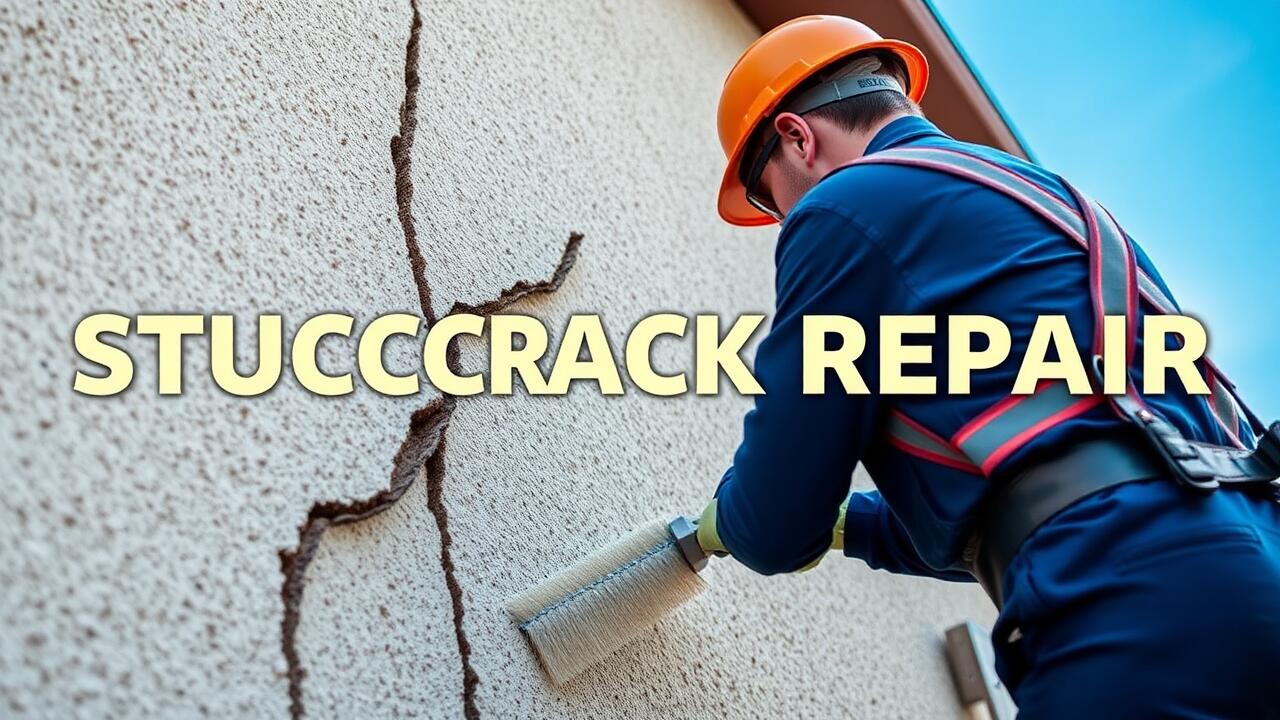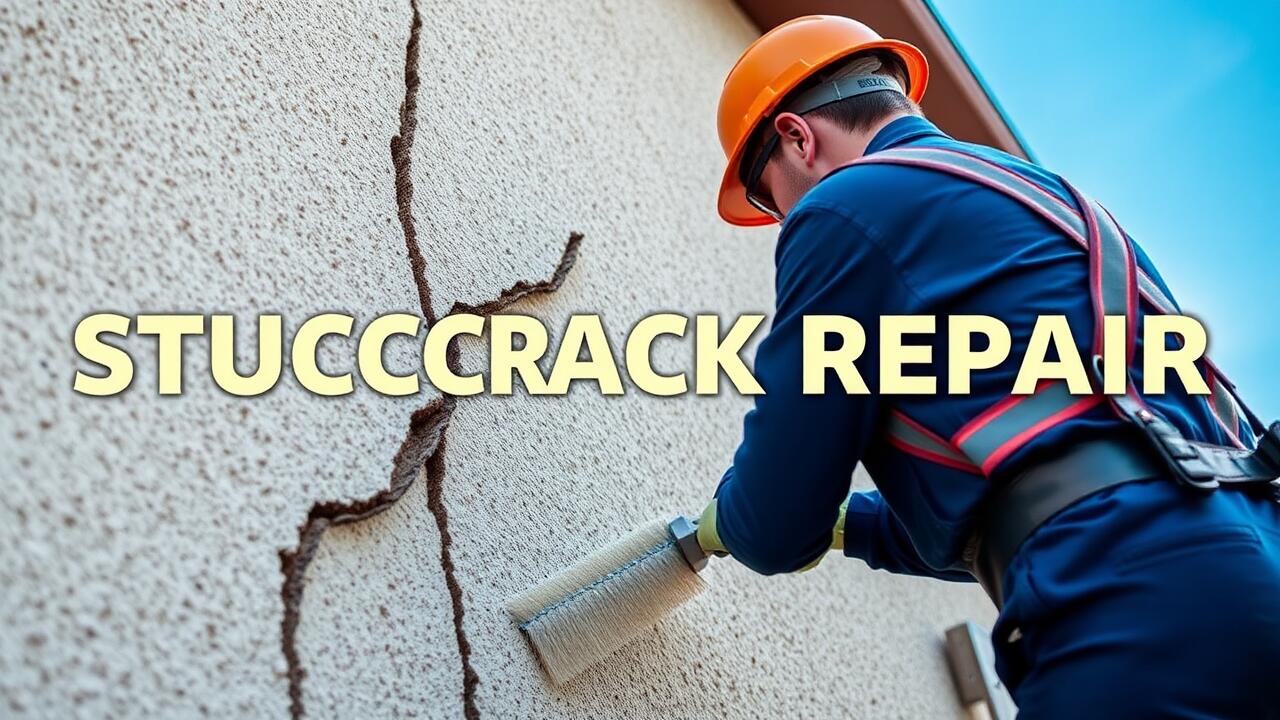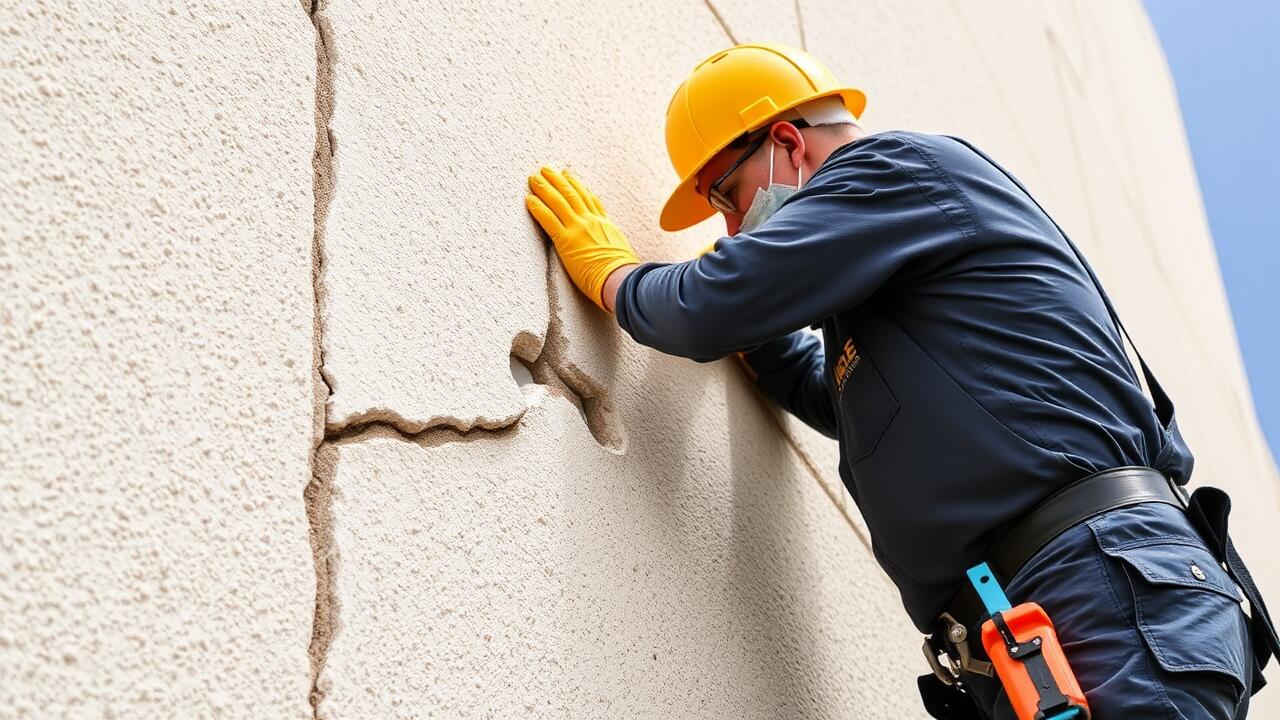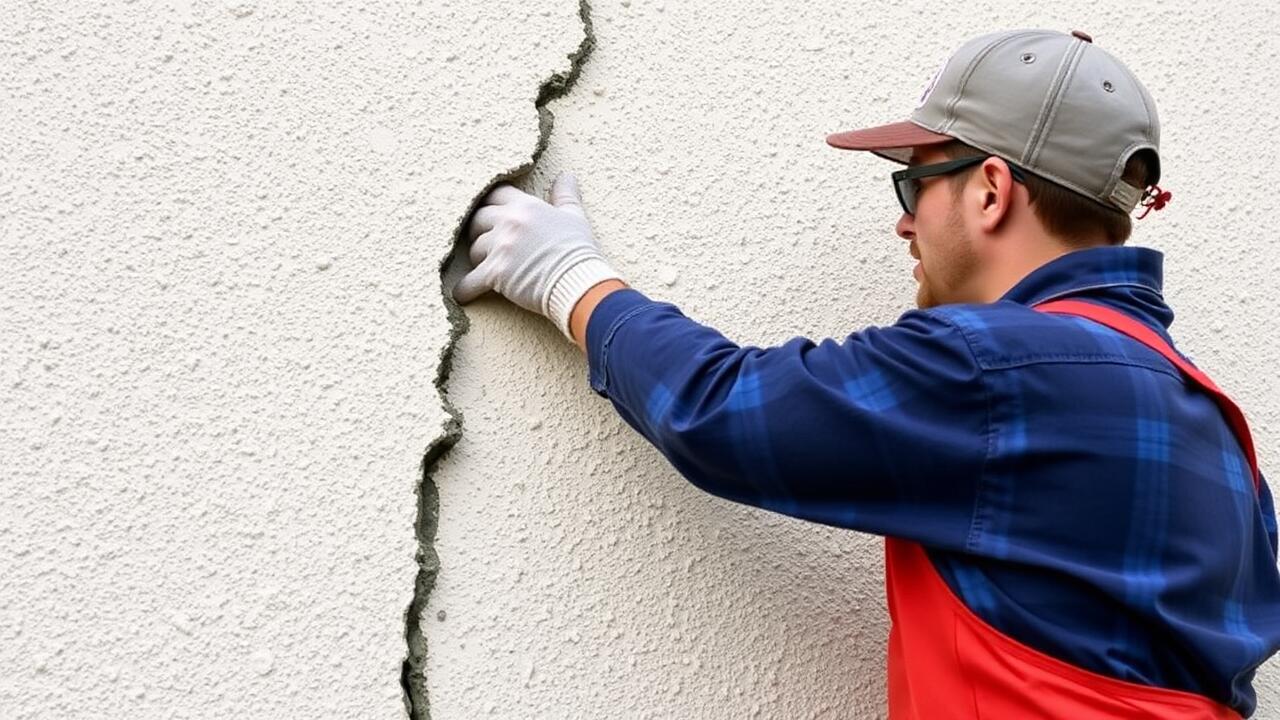
Preventative Measures for Moisture Control
Controlling moisture is essential to prevent stucco issues. To achieve this, homeowners should ensure proper drainage around the foundation. Installing gutters and downspouts can help direct water away from the stucco surface. Grading the landscape away from the home also assists in keeping moisture levels in check.
Regular maintenance plays a key role in sustaining the integrity of stucco. Inspecting for cracks and applying sealants can minimize water infiltration. If issues arise, looking for "Stucco Crack Repair near me" ensures timely intervention. Addressing small problems quickly avoids larger, more costly repairs down the line.
Best Practices for Stucco Installation
Proper stucco installation significantly reduces the likelihood of moisture infiltration. Starting with a well-prepared substrate is crucial. Ensure that the wall surface is clean, dry, and free from any contaminants. Utilizing an appropriate moisture barrier provides an additional layer of protection. Applying stucco in the right weather conditions also plays a vital role. Avoiding extremely hot or cold temperatures during the application helps in achieving optimal curing.
Incorporating proper drainage systems promotes moisture management. The use of weep screeds allows for the drainage of any trapped water. Additionally, it’s important to apply stucco in multiple layers, which strengthens the finish and improves durability. Homeowners should also consider sealing the stucco after it cures. These best practices not only enhance the performance of stucco but make future maintenance, such as searching for “Stucco Crack Repair near me,” more manageable.
Signs of Moisture Problems in Stucco
Moisture problems in stucco can manifest through various signs, which homeowners should be vigilant about to avoid further damage. One common indicator is the appearance of surface cracks. These cracks can start small but may expand over time if moisture is trapped behind the stucco. Another visible sign is discoloration or staining, often resulting from water infiltration. Yellow or brown spots can indicate prolonged exposure to moisture, suggesting the need for urgent inspection and potential repair.
Additionally, peeling paint or a damp smell indoors can signal issues within the stucco structure. If homeowners notice any of these symptoms, seeking immediate help is crucial. Using search terms like "Stucco Crack Repair near me" can connect them with local professionals who specialize in moisture-related repairs. Addressing these moisture problems early can prevent more extensive damage and costly repairs down the line.
Identifying Early Indicators of Damage
Identifying early indicators of damage in stucco is crucial for maintaining the integrity of a property. Homeowners should be vigilant for signs such as hairline cracks, discoloration, or peeling paint. These issues may seem minor but can signal underlying moisture problems. Regular inspections and attention to changes in the stucco's appearance can prevent more extensive damage down the line.
Another red flag is the presence of efflorescence, which appears as white, chalky deposits on the surface. This occurs when moisture evaporates from the stucco, leaving behind mineral residues. Homeowners noticing these signs should consider seeking professional advice. A search for “Stucco Crack Repair near me” can connect them with specialists who can assess the situation and recommend timely solutions.
Repairing Cracked Stucco
Repairing cracked stucco requires a systematic approach to ensure long-lasting results. Begin by cleaning the area around the crack to remove any loose debris or dust. A wire brush or pressure washer can be effective in this process. Once the surface is prepared, apply a quality stucco patch or mortar mix to fill the crack. It's important to overfill slightly to account for shrinkage as it dries. After application, smooth the surface with a trowel to blend it with the surrounding stucco.
For those looking for professional assistance, searching for "Stucco Crack Repair near me" can lead to experienced contractors who specialize in this type of repair. They can assess the extent of the damage and recommend the best repairing techniques. Additionally, professionals often have access to superior materials and tools that can enhance the durability of the repair, ensuring it withstands moisture and prevents future cracking.
Effective Solutions for Moisture-Related Issues
Addressing moisture-related issues in stucco often requires timely intervention to prevent further damage. One effective solution involves identifying the source of moisture intrusion. This may include inspecting gutters, downspouts, and the grading around the foundation. A thorough examination of these elements often reveals areas where water may collect or flow towards the stucco, leading to cracks. Once moisture sources are identified, solutions such as redirecting drainage or repairing existing fixtures can significantly reduce the risk of future problems.
When cracks are present, proper stucco crack repair is essential. Homeowners may search for "Stucco Crack Repair near me" to find professionals skilled in assessing and fixing these issues. Repair might involve filling the cracks with appropriate materials and ensuring the area is properly sealed to prevent moisture from penetrating. Regular maintenance and monitoring for new cracks can further aid in preserving the integrity of stucco surfaces.
FAQS
What causes moisture problems in stucco?
Moisture problems in stucco can be caused by various factors, including improper installation, lack of drainage, poor sealing, and environmental conditions such as heavy rain or humidity.
How can I prevent moisture-related issues in my stucco?
To prevent moisture-related issues, ensure proper installation practices, use quality materials, maintain effective drainage systems, and regularly inspect and seal any cracks or openings.
What are the early signs of moisture damage in stucco?
Early signs of moisture damage in stucco include hairline cracks, discoloration, bulging or soft spots, and the presence of mold or mildew on the surface.
Can cracked stucco be repaired, and how?
Yes, cracked stucco can be repaired. Common methods include patching with a stucco repair compound, applying new stucco layers, and ensuring proper sealing to prevent future moisture infiltration.
When should I consult a professional for stucco issues?
You should consult a professional if you notice significant cracking, extensive moisture damage, or if you're unsure about the best repair methods and preventative measures for your stucco.
